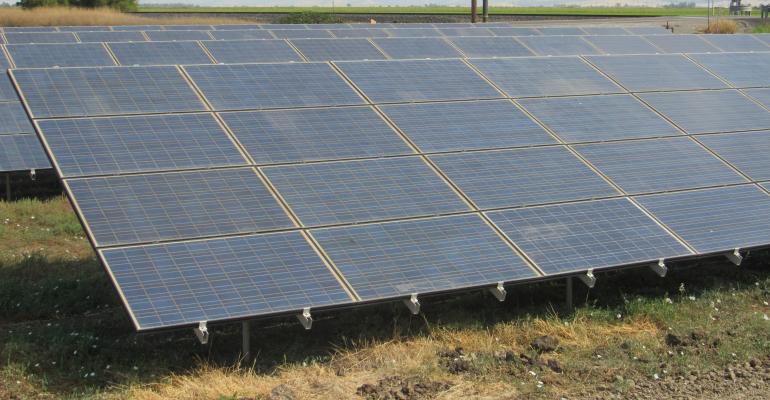Overall ag tractor sales in the U.S. continued rising into January 2022, while combine harvesters...
CA Utilities Say Solar Costs Them Too Much?

Proposed state net energy metering rules may prove to be a disincentive for agriculture and homeowners.
In typical California fashion, the state’s public utilities commission is expected to soon change net energy metering (NEM) rules that will reduce the attraction to solar for agricultural operations and likely cause homeowners to skip the technology altogether.
David Vincent, who owns and operates ACIP Energy Consulting in Yuba City, says the changes will create a disincentive to those looking to add solar to their green energy profiles. For agricultural operations that benefit from net energy metering, the return on investment will dissuade conversion.
“The utility companies don’t like solar,” says Roger Isom, President of Western Agricultural Processors Association in California. When solar users generate more power than they consume, the utilities are required to credit them back at values closer to the market rate.
Brad Heavner, Policy Director for the California Solar and Storage Association, says there’s been much blowback to the Net Energy Metering 3.0 plan the California Public Utilities Commission (CPUC) is being asked to adopt. That decision was expected earlier this year, but political winds caused a delay.
Heavner says the public utilities argue that solar puts more power on the grid than they can handle in the middle of the day. “They want to buy that power from you at 5 cents and sell it back to you for well over 20 cents,” Vincent says.
Additionally, the utilities want increased monthly fees for homeowners and other solar owners to be connected to their systems. The utilities claim they must bear the cost of system repairs and upgrades and have successfully argued for rate increases to cover these.
Isom argues that the utilities are not replacing and repairing their transmission systems like they claim. He questions the notion that the utilities continue to request and receive more money for system upgrades, only to discover after another fire linked to power lines destroys several more towns. “What did they do with all that money they got to pay to replace those poles and lines in the first place?” Isom asked.
Solar, like any other capital-intensive system, is not equally available to those who can most benefit from it, particularly in California. Those who can afford it jumped on the bandwagon and installed it, largely to great success as utility rates in California far exceed those paid by users in the rest of the Lower 48.
According to Isom, the CPUC is expected to rule on NEM 3.0 later this year. Protests from San Diego to Chico blasted the plan, calling on the CPUC to not make solar and renewable energy so cost-prohibitive that people cannot afford it. How ironic for a state mandating renewable energy and electric vehicles. Perhaps the most logical incentive for electric vehicles and other electrification programs would be to require they only be charged by solar and leave the rest of the grid to power homes and businesses.
Editor’s Take:
Just when we think it can’t get any crazier or more confusing, here is a perfect example demonstrating that, in fact, it can! Rather than policies that promote “green energy” solutions, the California Public Utilities Commission is considering going in the opposite direction. Creating disincentives especially for farmers/ranchers who could conceivably install larger solar systems and sell more power into the grid is highly suspect. This is even more puzzling when the Biden Administration is pushing hard for the adoption of electric vehicles. Seems as though we might be working at cross purposes here. It also seems like a perfect time for the next congress to design a comprehensive energy policy that is widely supported by consumers and businesses alike.







